Textiles are the whispers of a home — subtle, intimate, profoundly personal. Most people see them as mere decorative elements, but they’re so much more. They’re the soft language of comfort, the tactile narrative of your living spaces.
I learned this lesson early in my design career, standing in a client’s sterile, perfectly furnished living room. Every piece was expensive, meticulously chosen. And yet, something was missing. The space felt like a showroom, not a home.
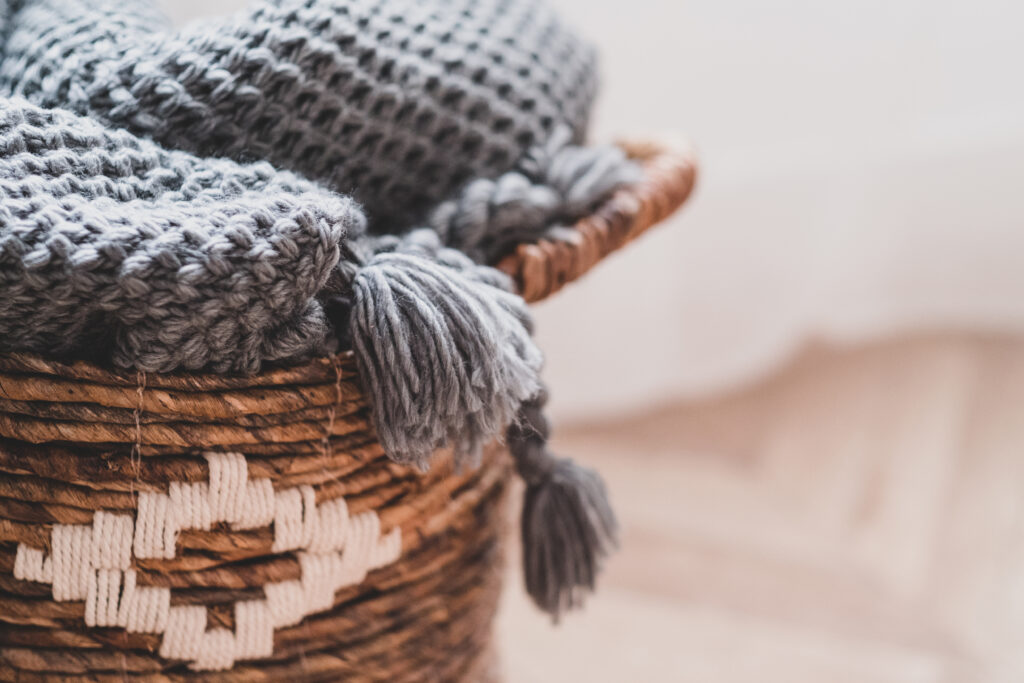
The Layers of Textile Design
Just as lighting has its layers — ambient, task, accent — textiles create depth through intentional variety. A luxurious space isn’t about matching everything perfectly, but about creating a harmonious conversation between different textures and materials.
Imagine a living room where:
- A hand-woven Moroccan wool rug provides foundational warmth
- Silk throw pillows add unexpected shimmer and softness
- A chunky knit blanket invites touch and suggests intimacy
- Linen curtains filter light, creating gentle boundaries
Each piece tells a story. Each texture communicates something beyond its physical presence.
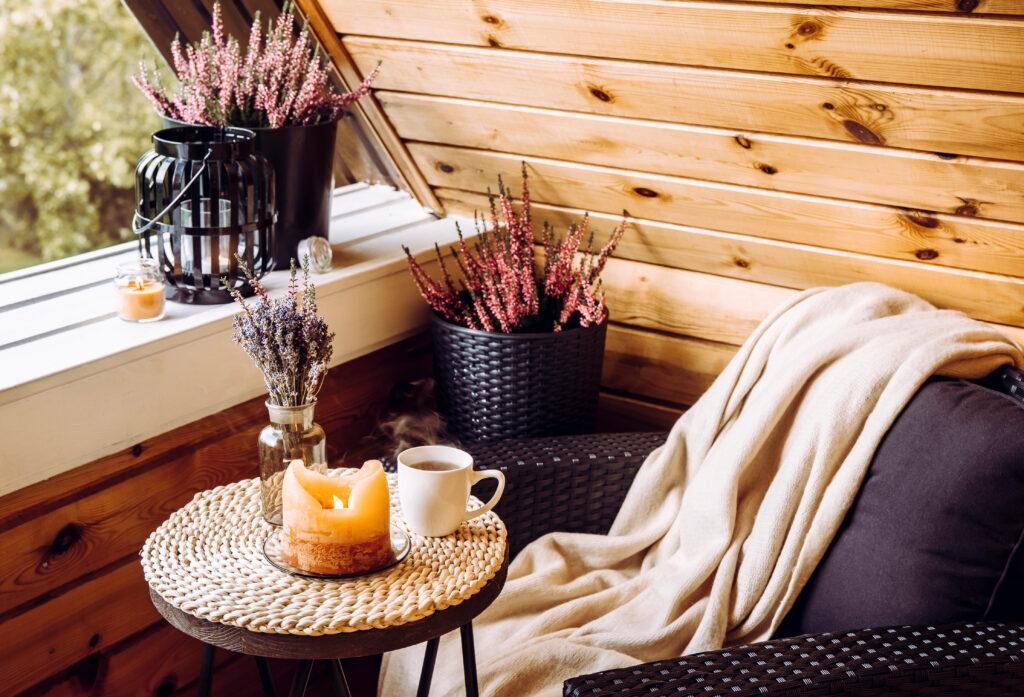
The Emotional Topography of Touch
Touch is our most primal sense. Before we see, before we hear, we feel. A home’s textiles are its emotional landscape — communicating comfort, energy, tranquility.
A rough, nubbly linen suggests rustic authenticity. Smooth silk hints at elegance. Chunky wool knits whisper of protection and warmth. These aren’t just materials; they’re emotional languages.
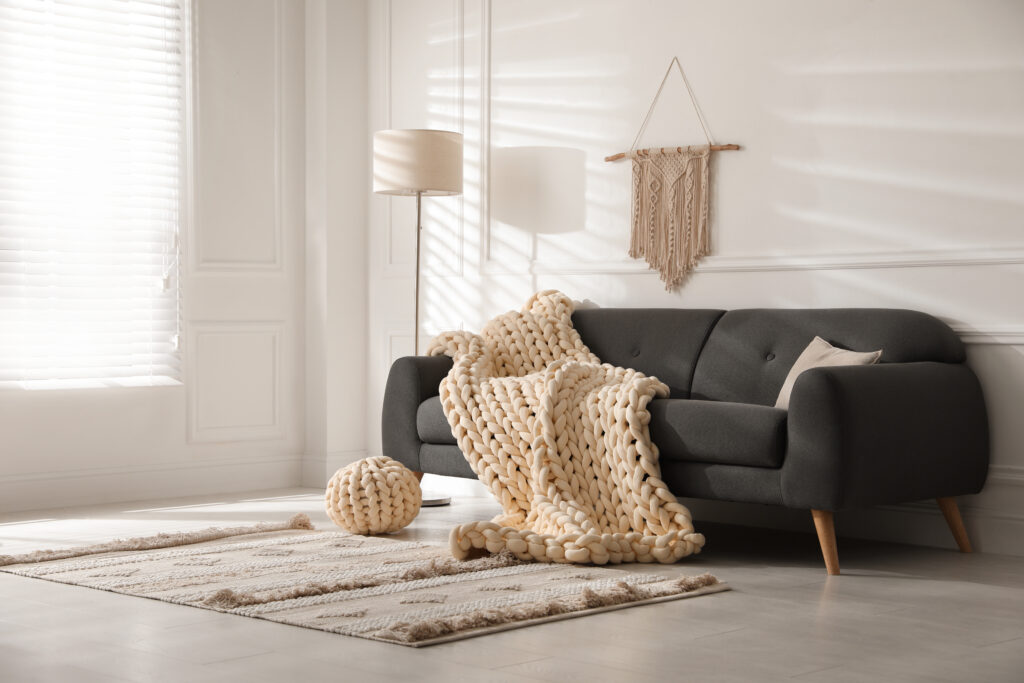
Choosing Meaningful Pieces
Luxury isn’t about expense. It’s about intention. The most remarkable textile pieces often come from unexpected places:
- A hand-embroidered throw from a small artisan collective
- Vintage kilim cushions discovered in a market halfway across the world
- A blanket inherited from a grandparent, carrying generations of stories
The magic isn’t in the price tag. It’s in the narrative woven into each thread.
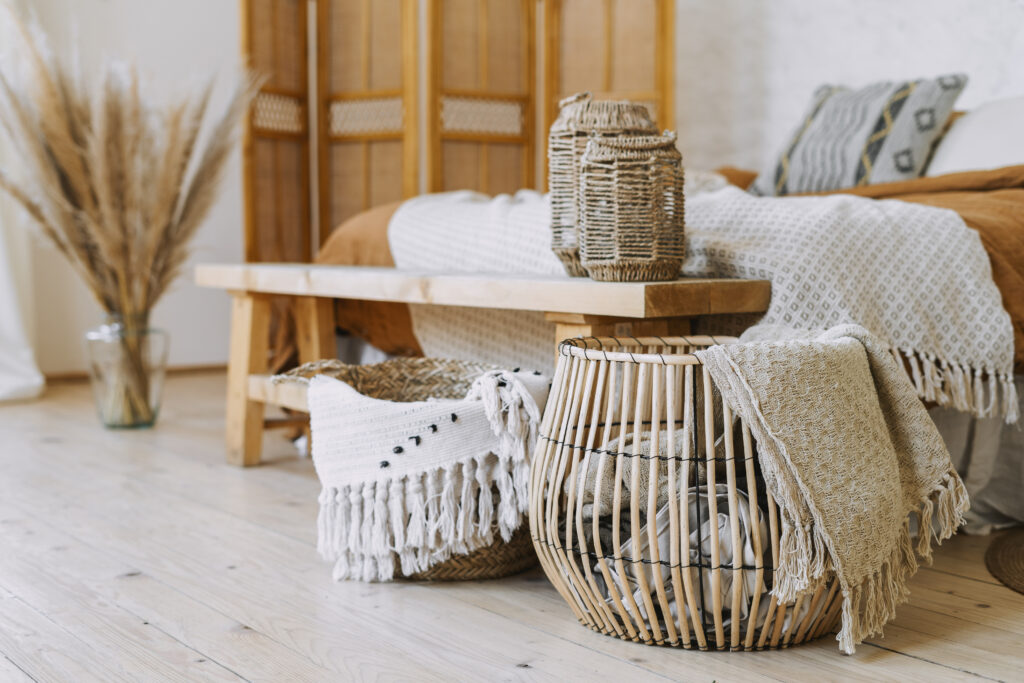
The Technical Dimension
Modern textile design offers incredible possibilities. Performance fabrics that resist stains but feel like silk. Temperature-regulating materials. Sustainable textiles that honor both aesthetic and environmental values.
But technology should never overshadow emotion. The most luxurious textiles feel intuitive, almost invisible. They should enhance a space’s comfort without demanding attention.
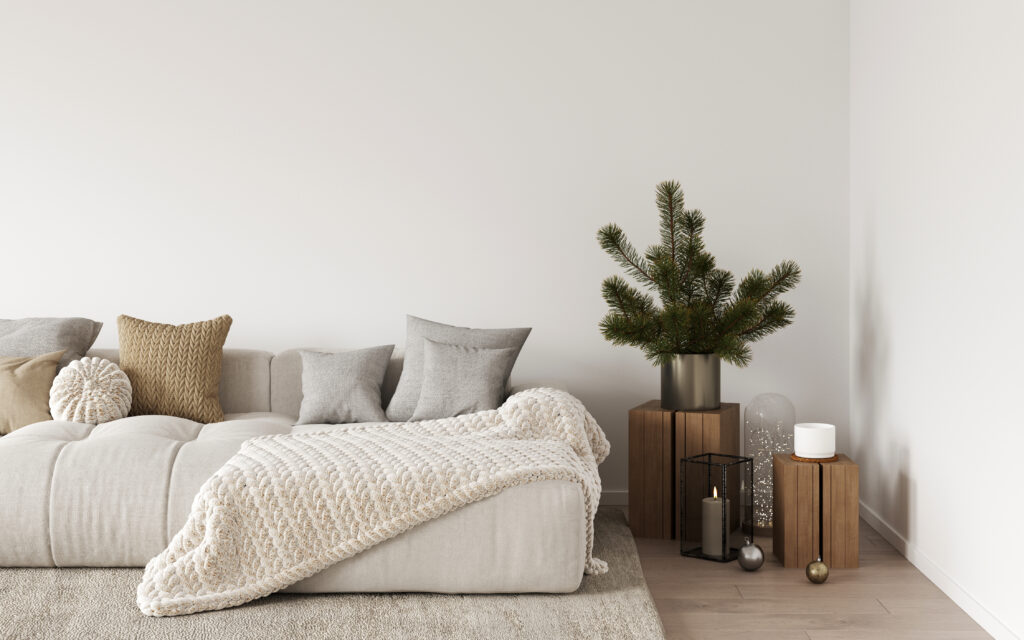
Creating Your Textile Sanctuary
Start by observing how you truly live. A reading nook needs different textures than a dining area. A bedroom craves soft, layered comfort. The most extraordinary spaces understand and support your unique lifestyle.
Don’t be afraid to mix. A delicate silk pillow against a rugged leather chair. A modern geometric rug beneath a vintage wooden table. Textile design is about creativity, about finding combinations that make you feel extraordinary.
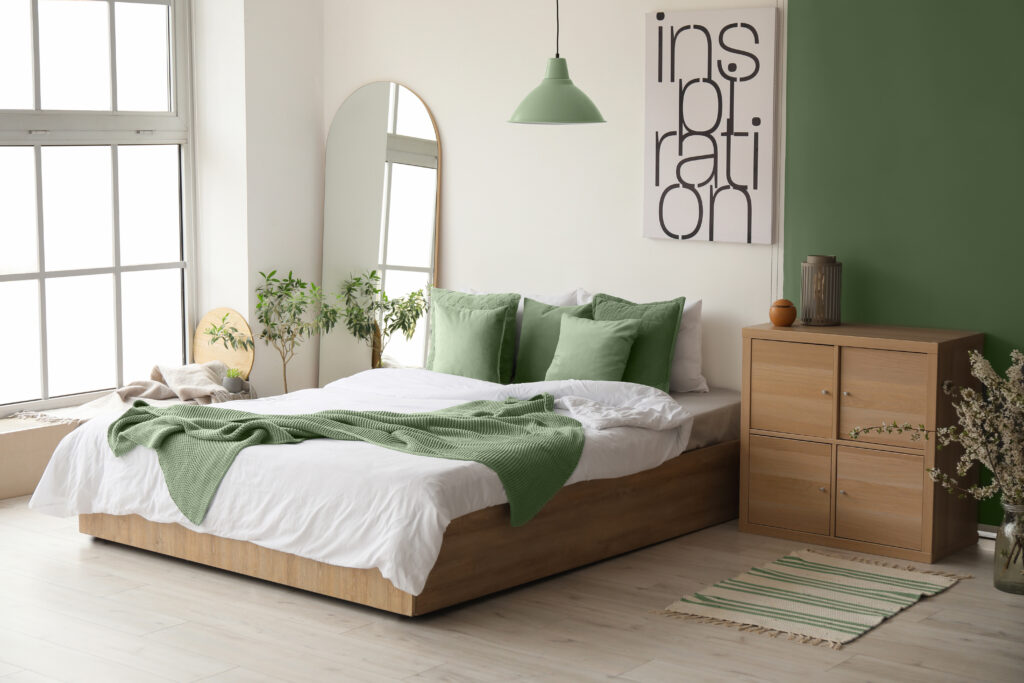
The Most Important Lesson
Luxury textiles aren’t about perfection. They’re about creating moments of unexpected beauty, of sensory joy. They’re about how a space makes you feel when you walk in — wrapped, understood, at home.
What textile has told the most powerful story in your living space?
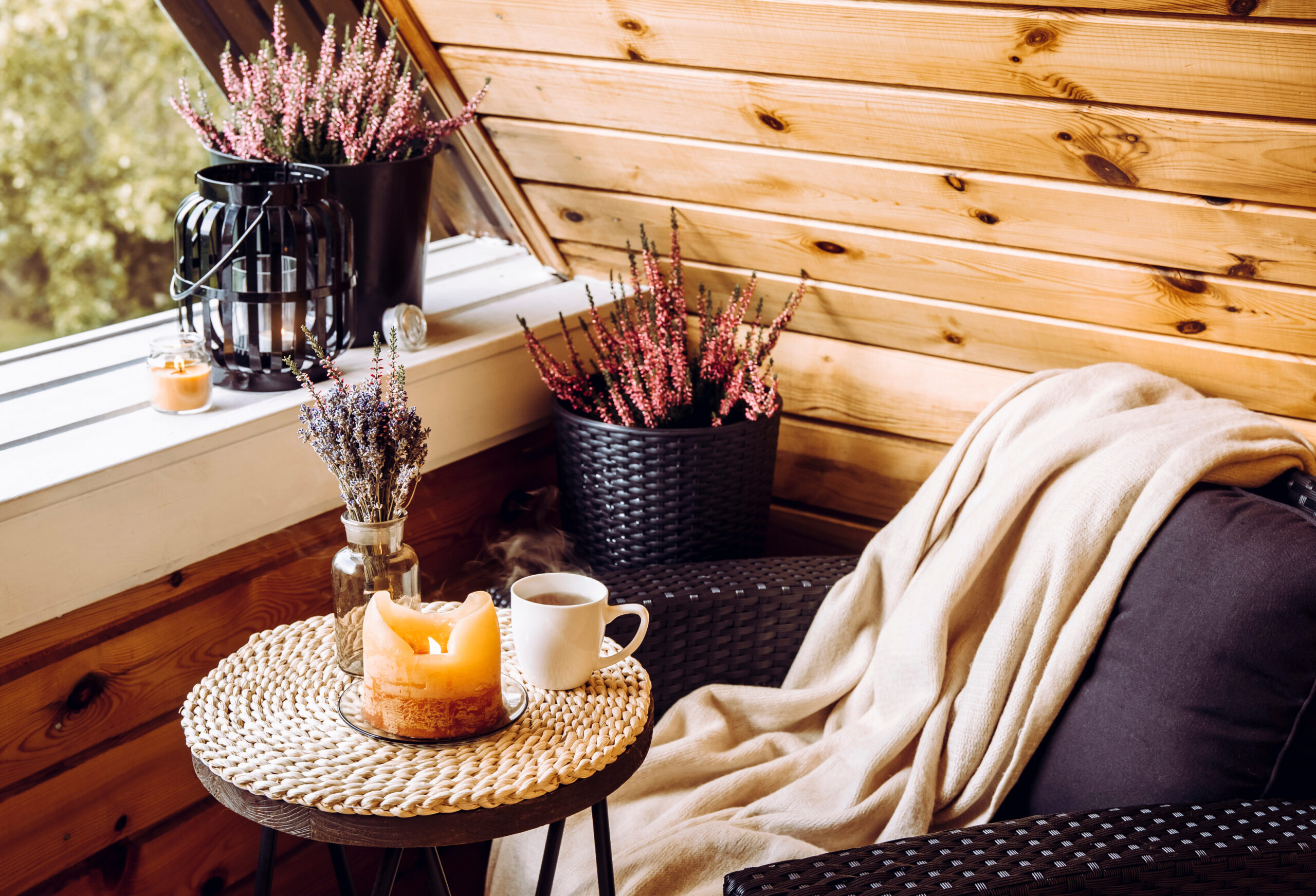
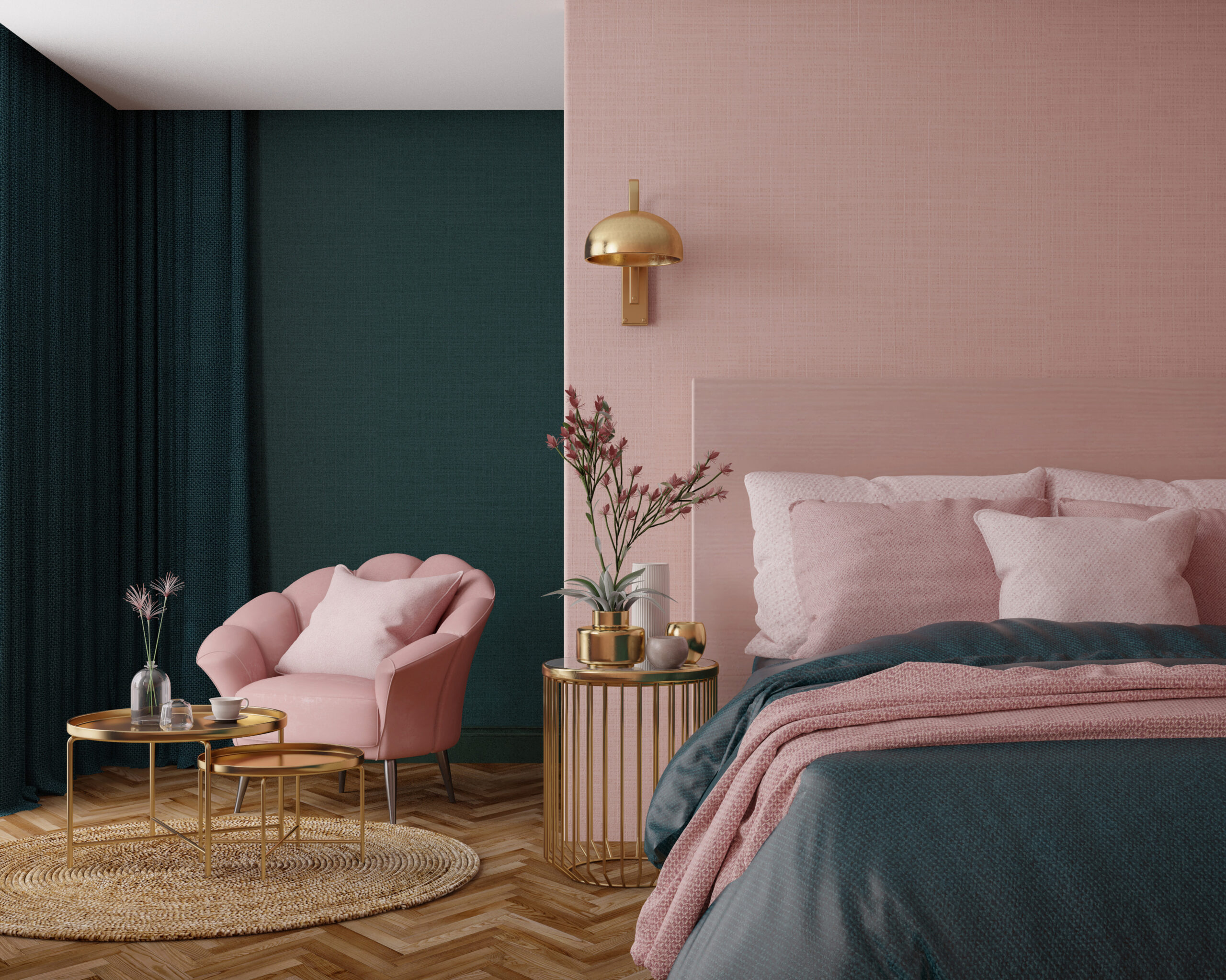
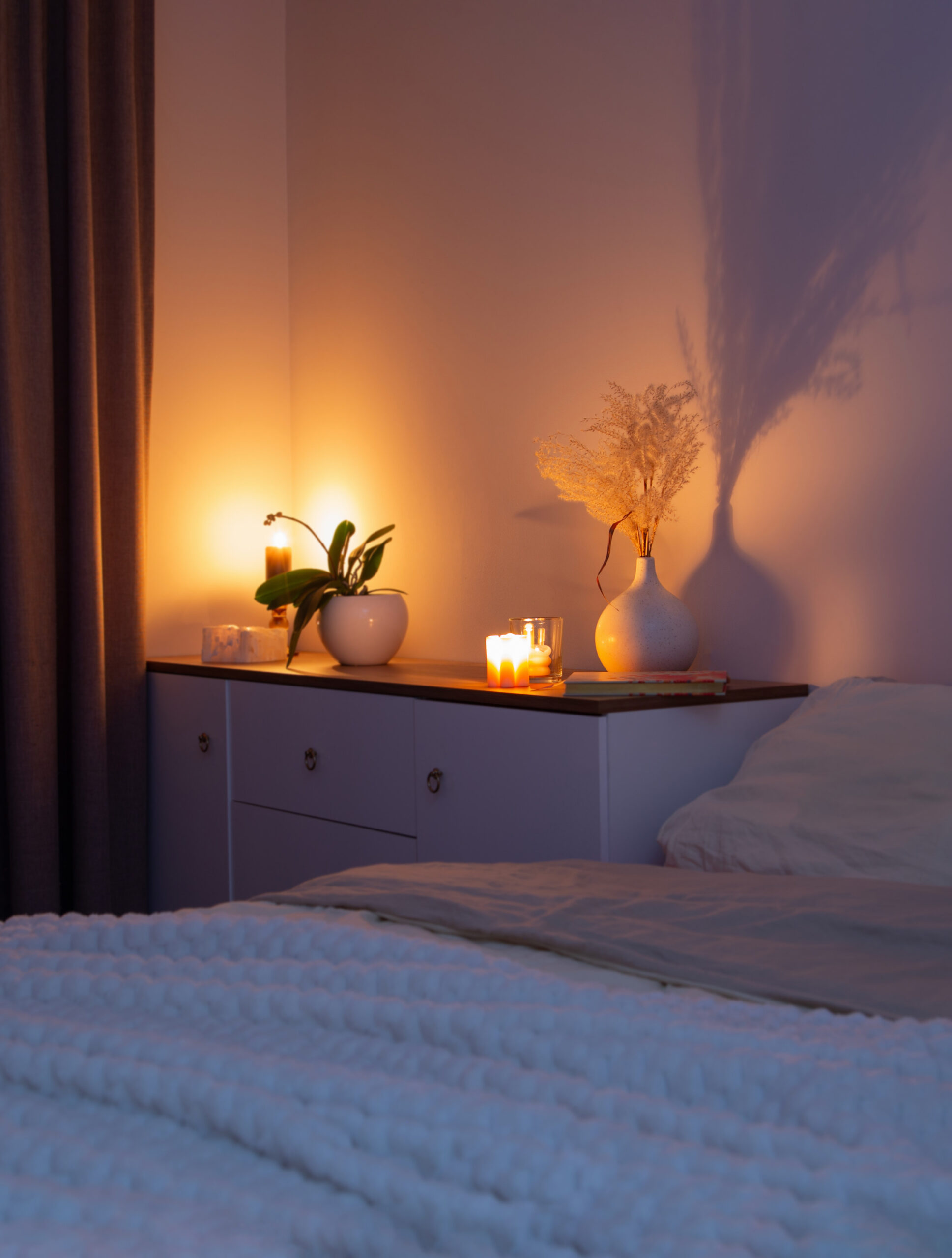
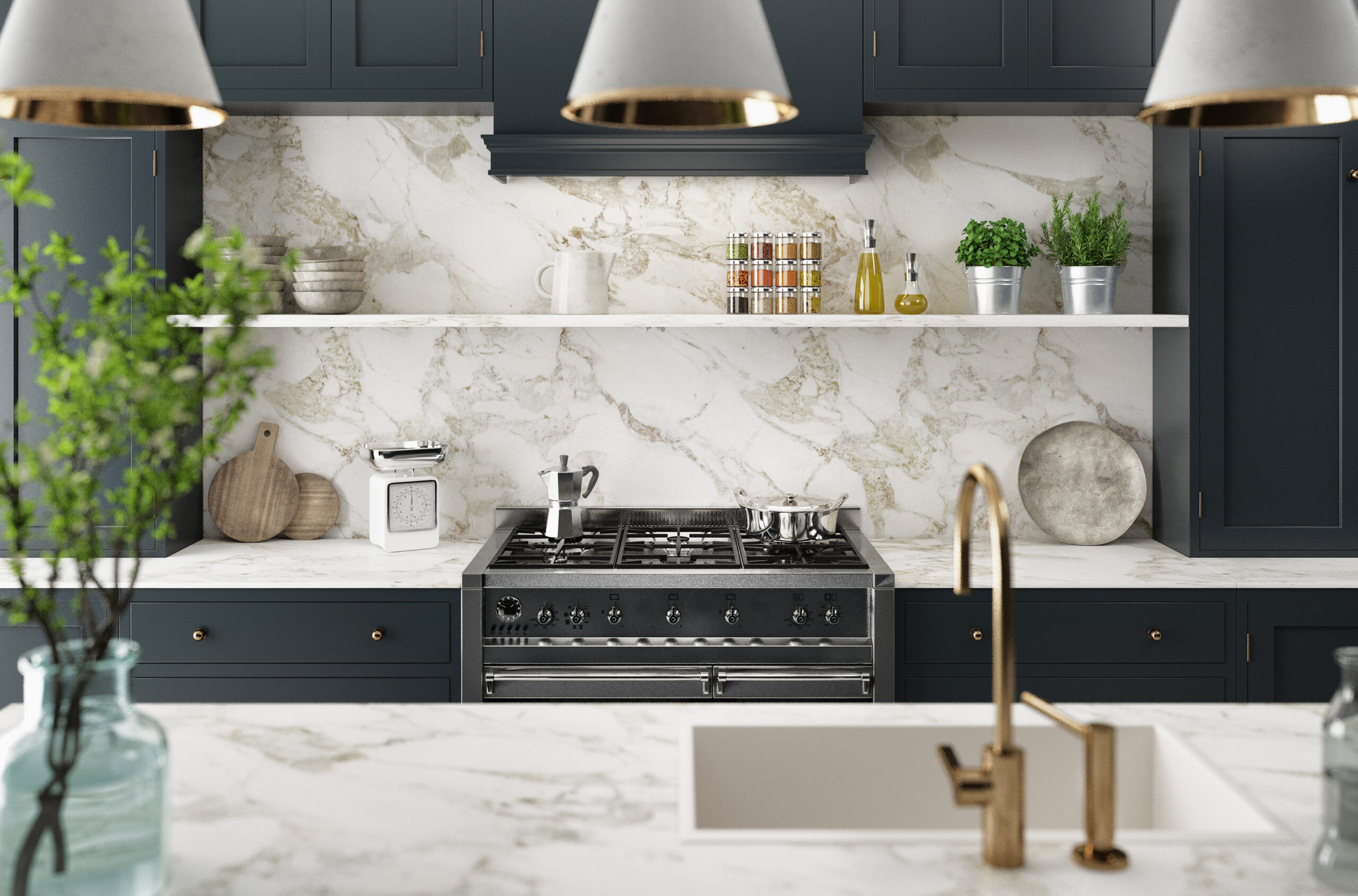
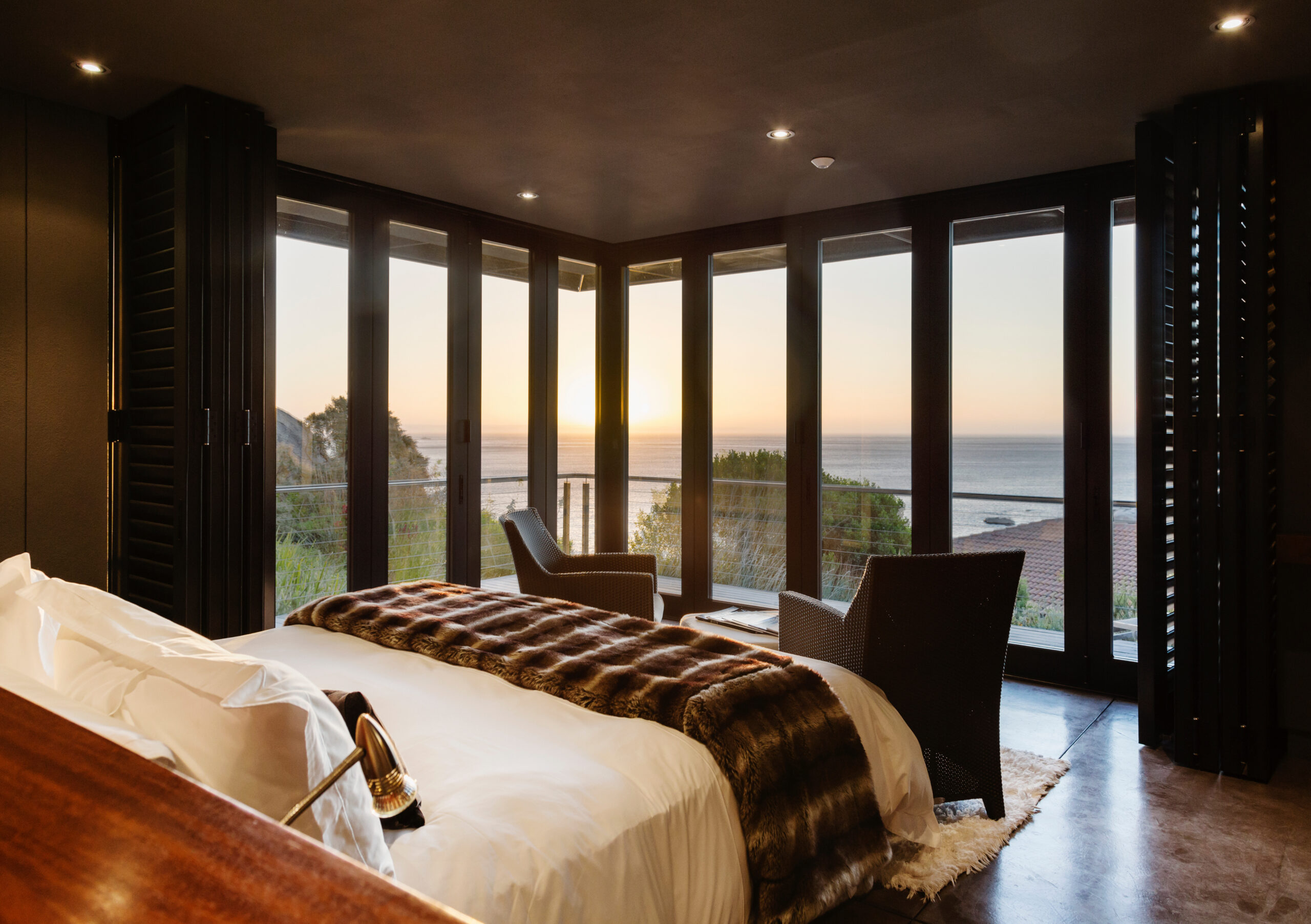
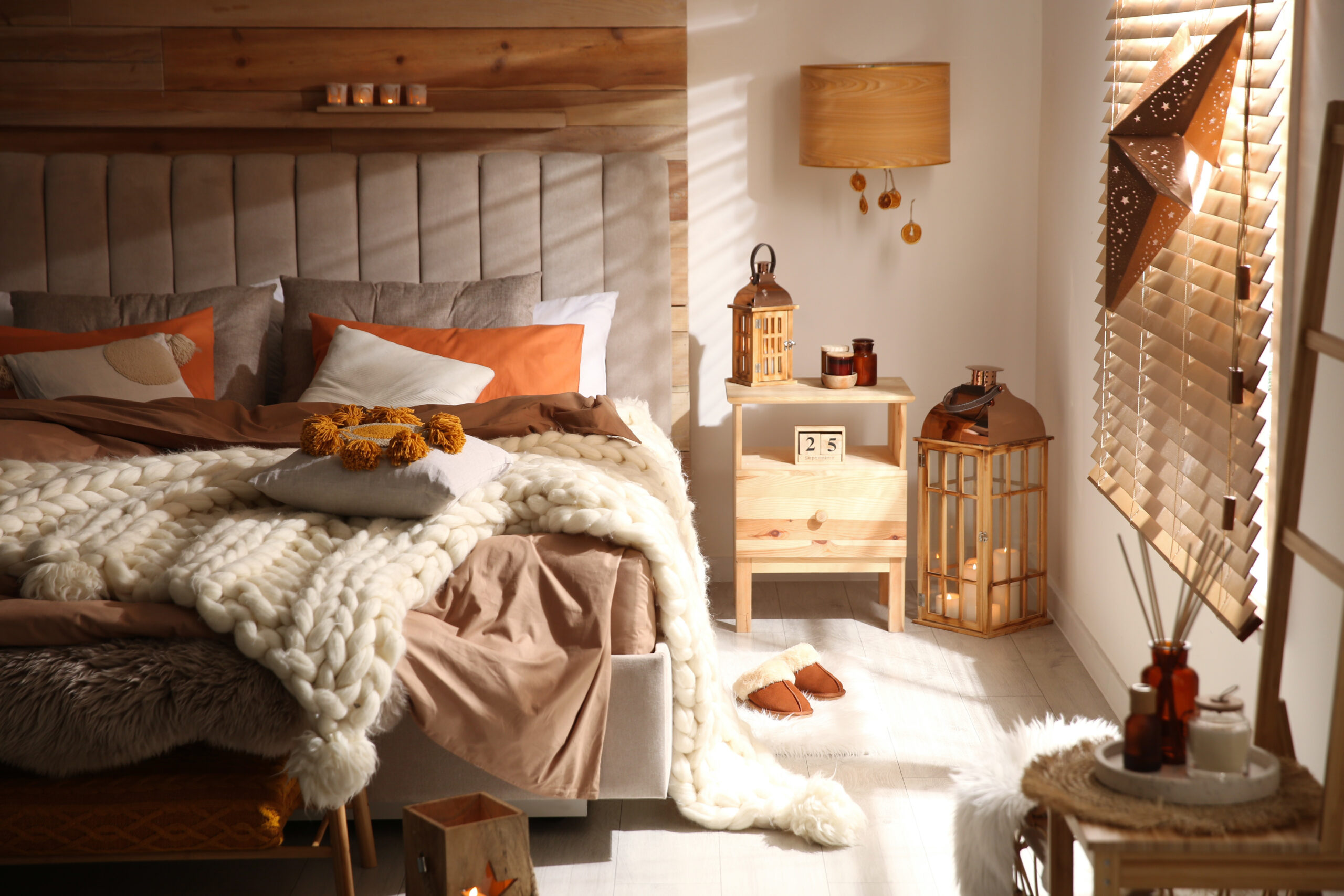
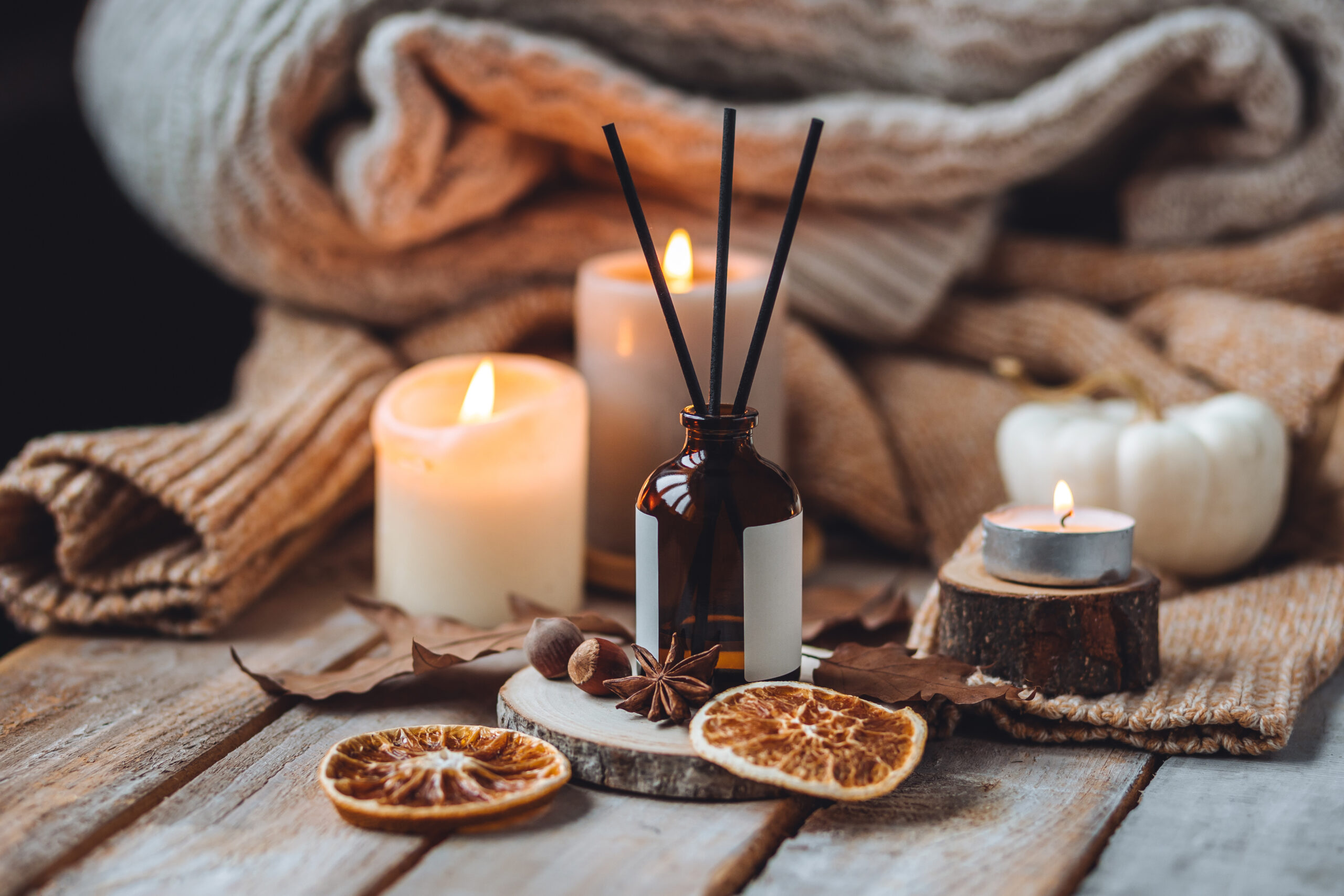
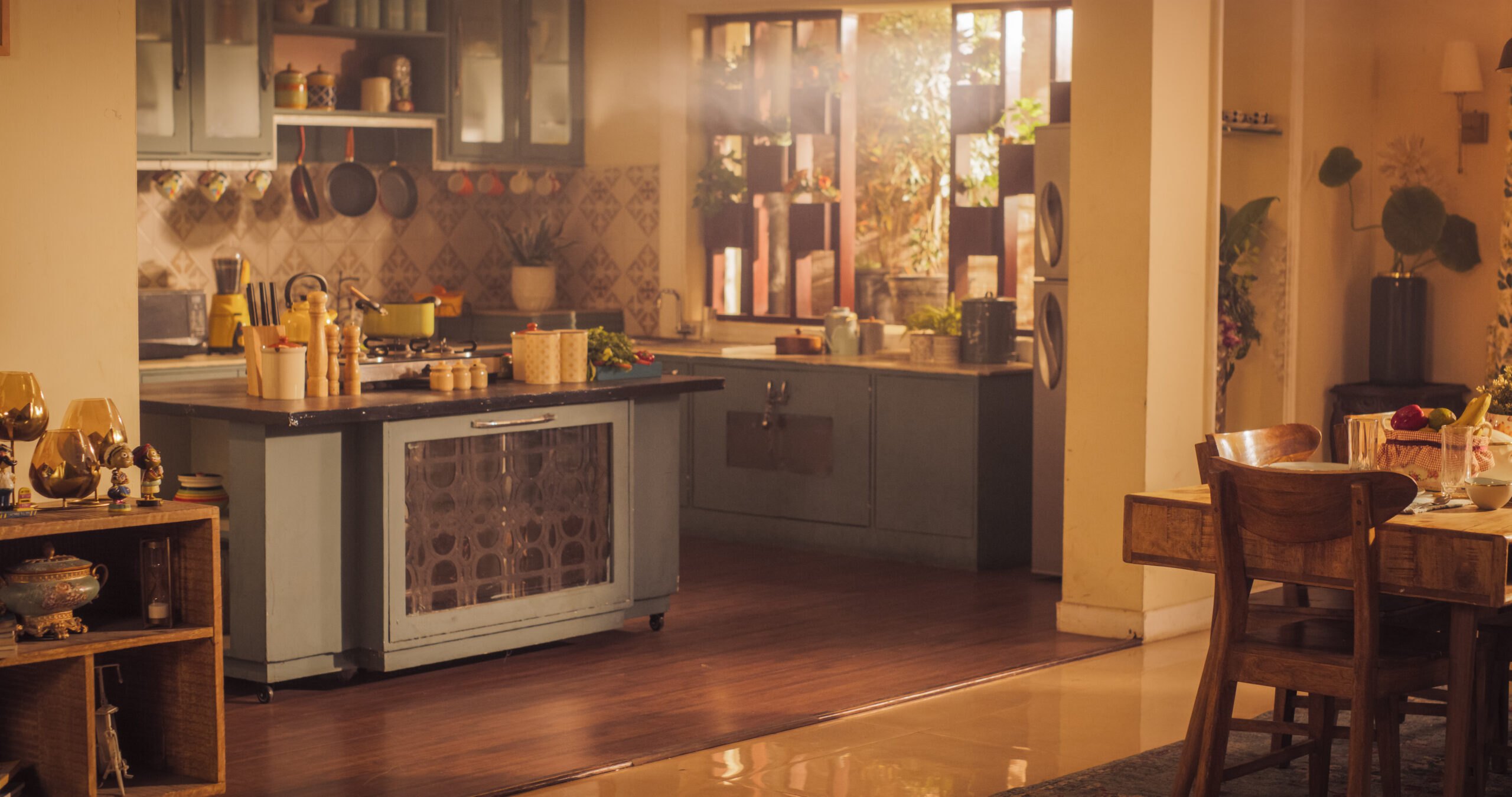
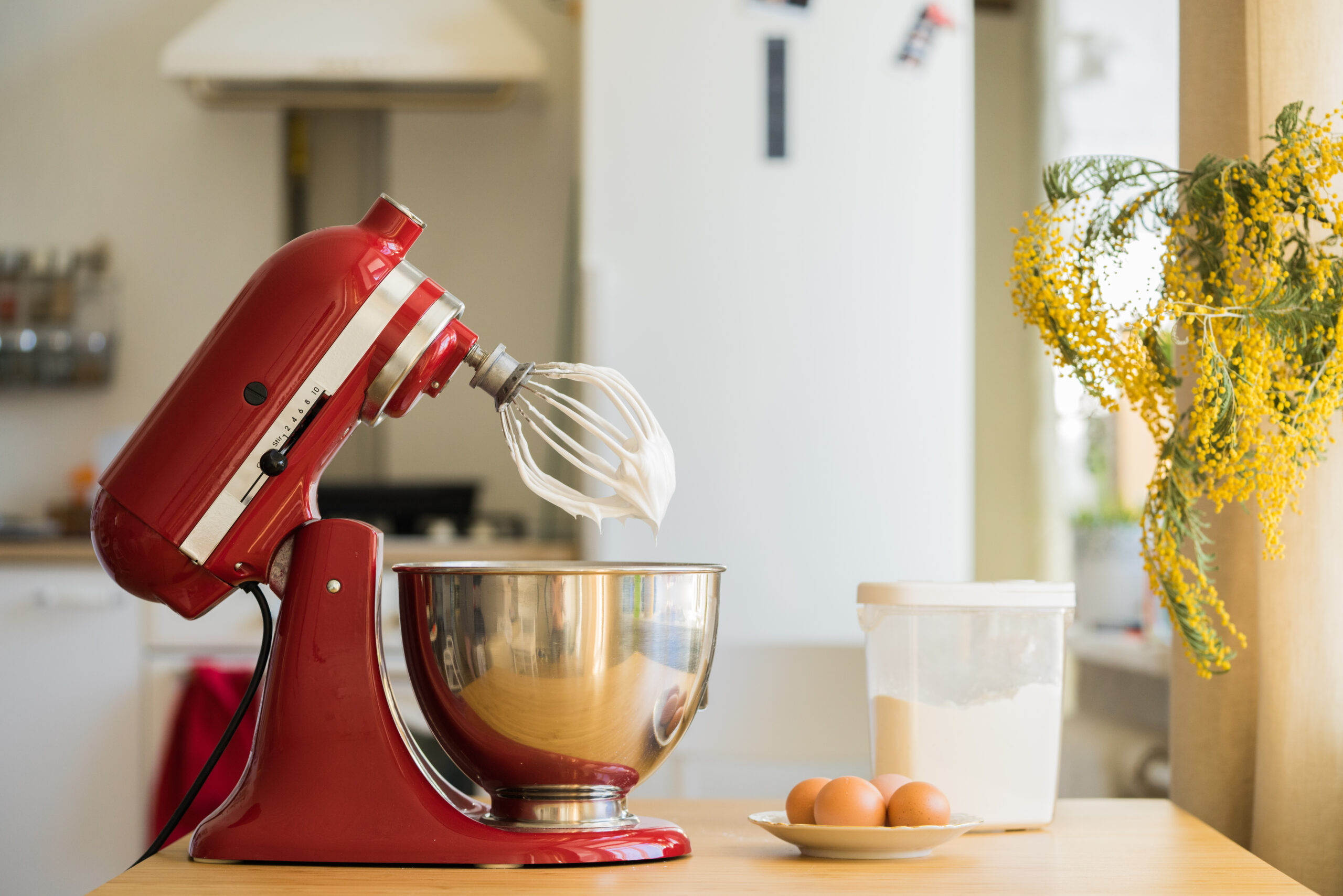

Leave a Reply